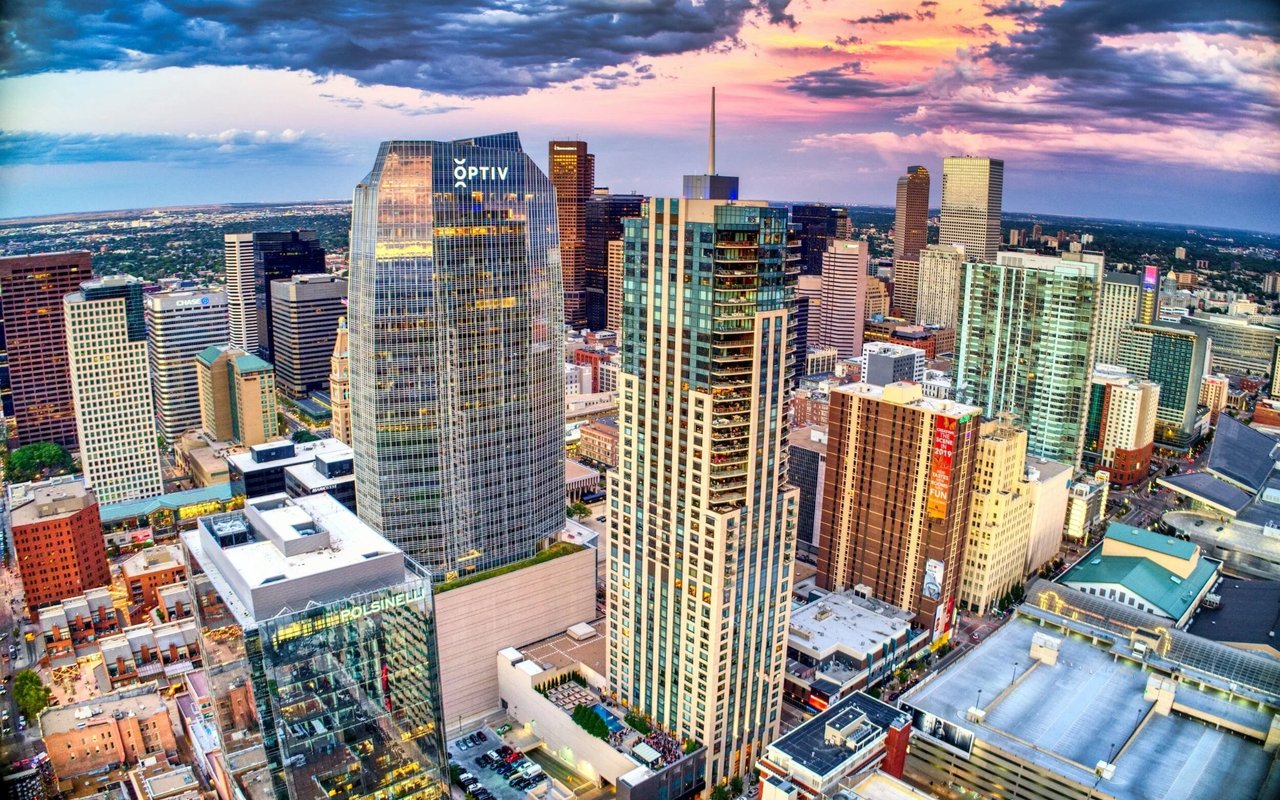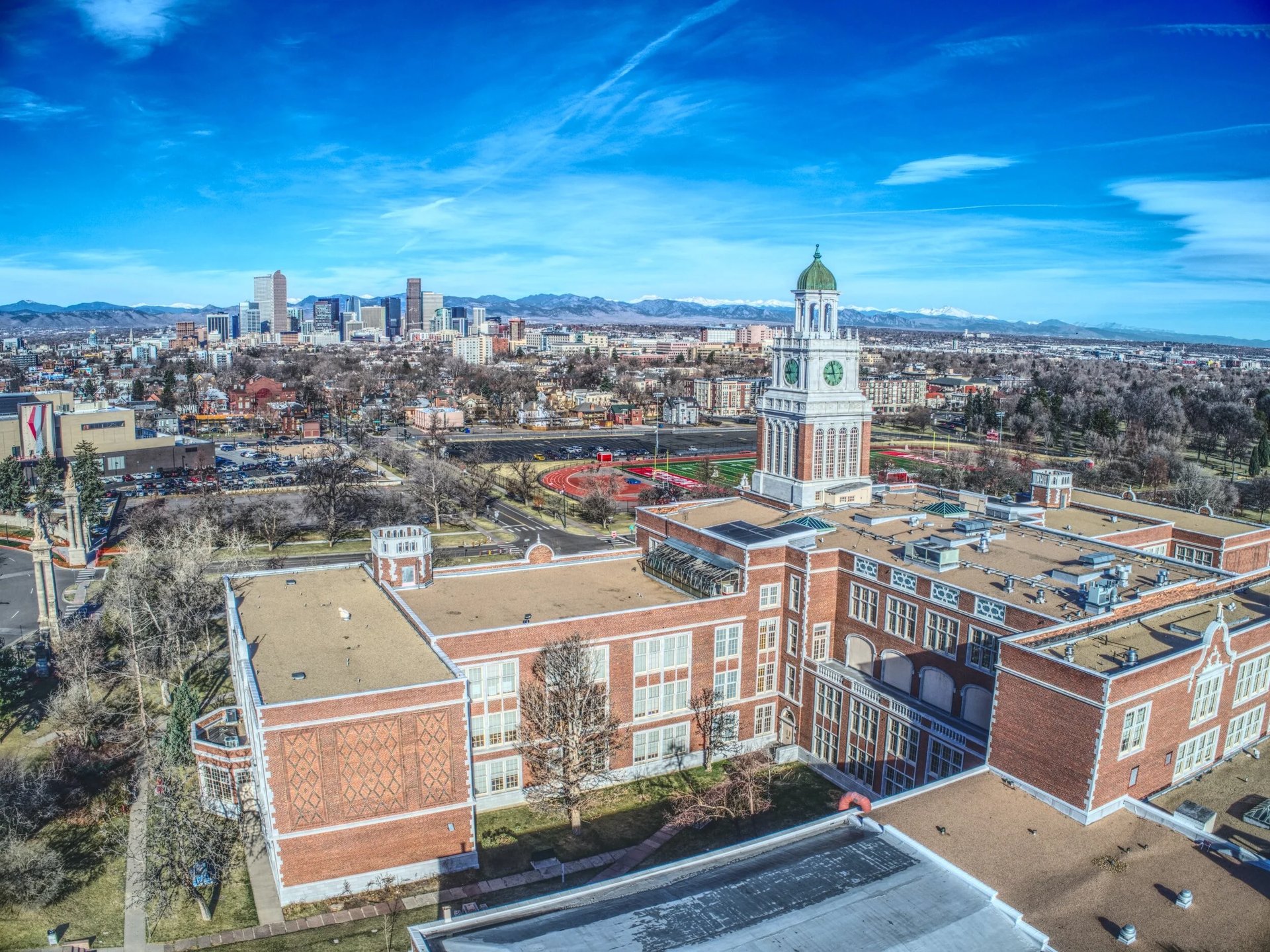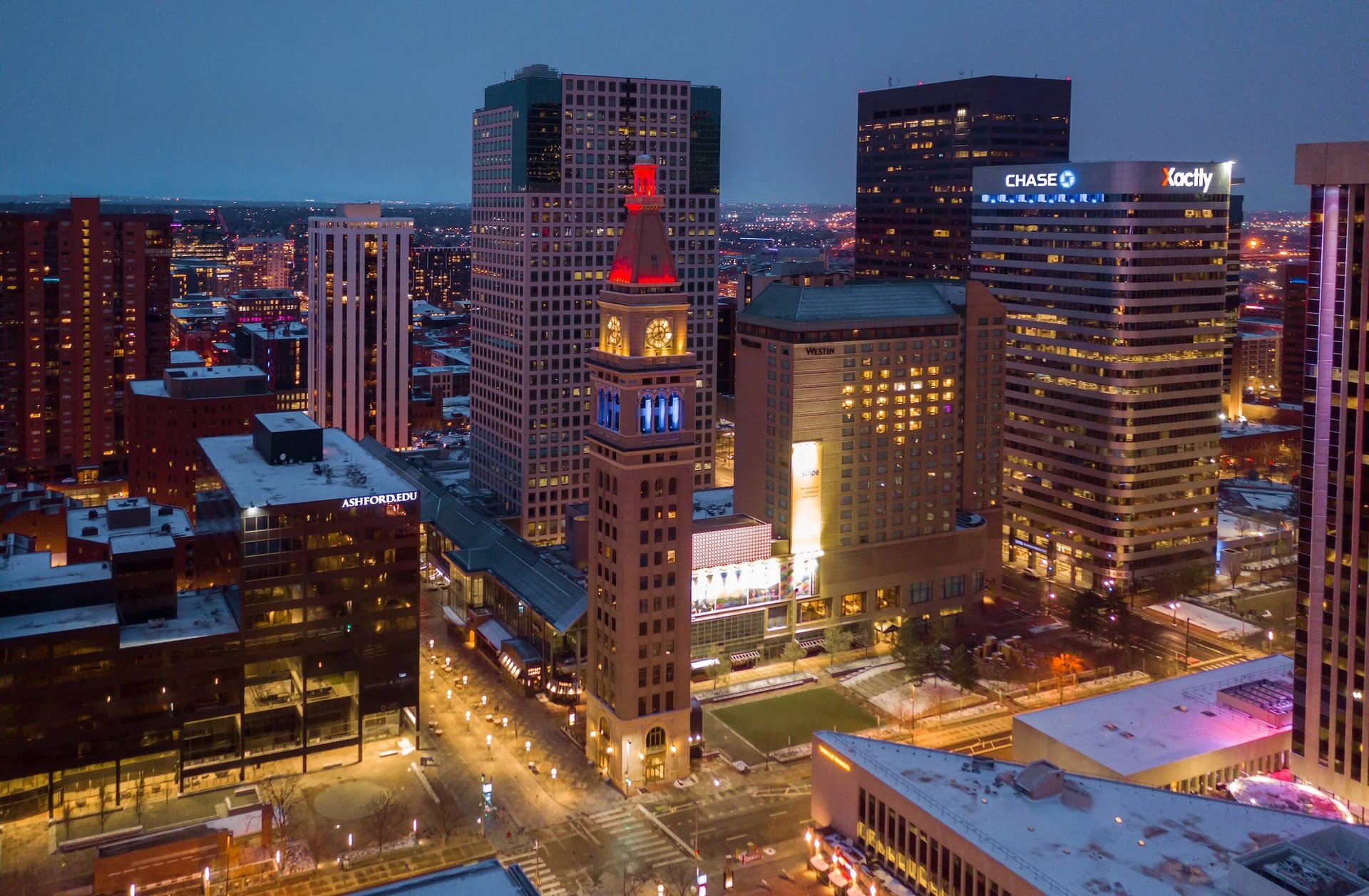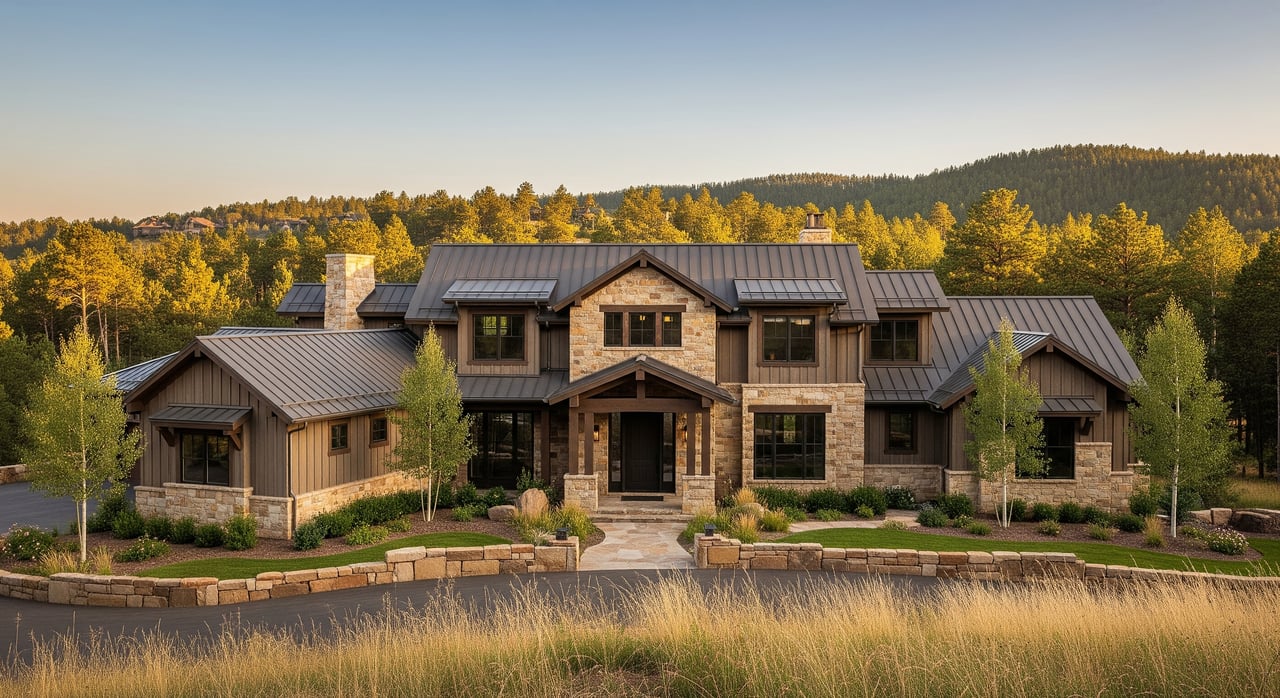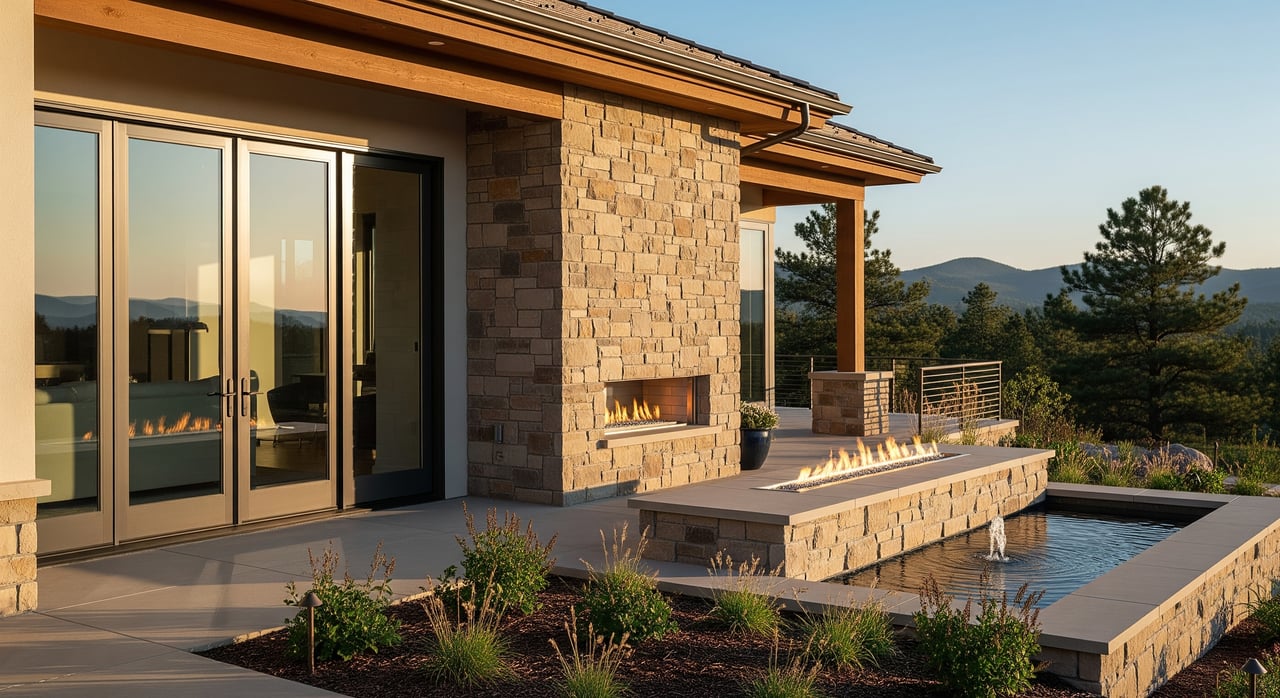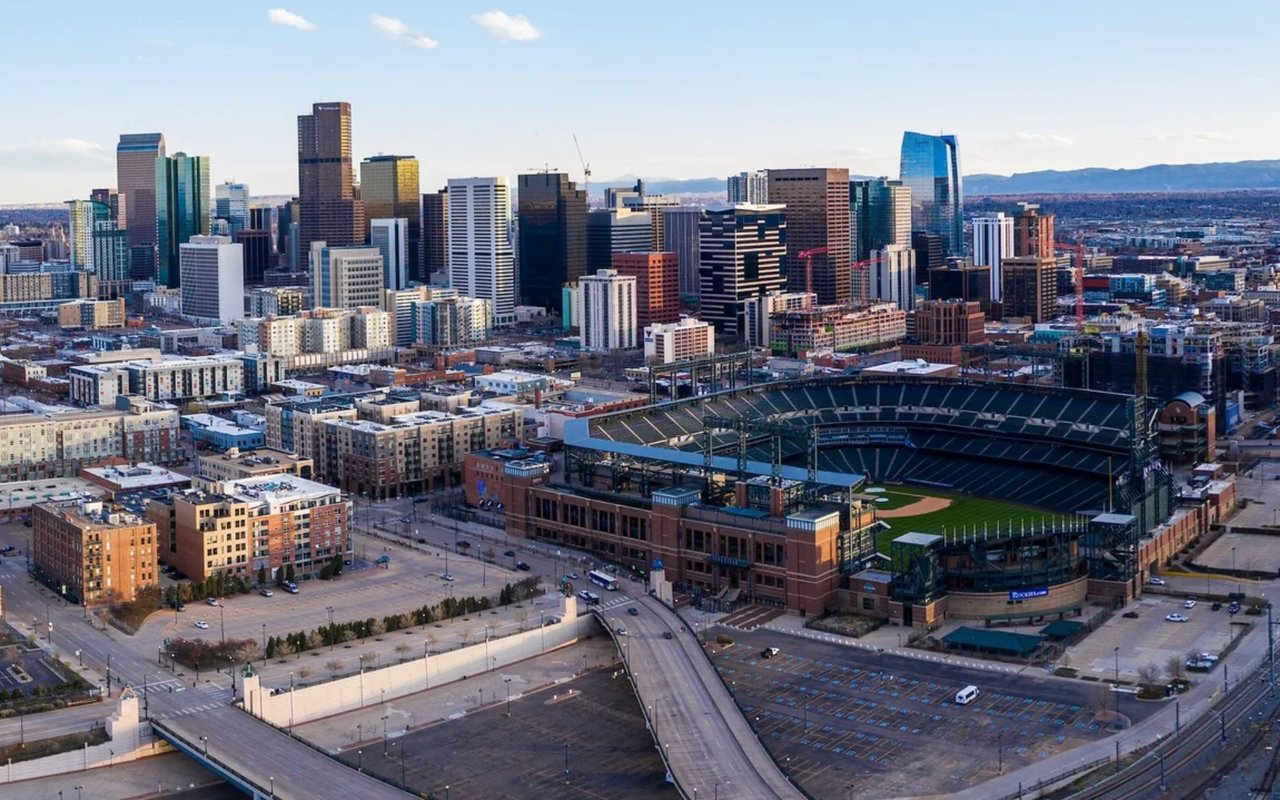Think back to the spring of 2020: What comes to mind when you picture the country’s biggest metropolitan areas? You’ve likely conjured post-apocalyptic images of eerily quiet deserted streets; once-bustling restaurants and shops with “closed” signs in the windows; maybe even a tumbleweed rolling across a major intersection uninterrupted.
With the COVID-19 stay-at-home orders and social distancing protocols in place, densely populated areas transformed seemingly overnight. National news headlines warned that the pandemic would wreak havoc on downtown hubs and send city dwellers packing for more suburban and rural areas. But did that actually happen? And nearly four years later, have downtown areas bounced back?
In this blog, we’ll explore these questions, how real estate has shifted in urban areas over the past several years, and the revitalization plan for Denver’s own downtown district.
The Myth of the Urban Exodus
During the early days of the pandemic, there was a lot of concern about an “urban exodus,” or that residents would move to the suburbs in the absence of city perks—a vibrant nightlife scene, close proximity to offices, convenient access to cultural centers, etc. But according to a 2021 article from the Pew Research Center, Americans actually relocated less in 2020 than any other time in the past 70 years, “and though a declining share of Americans say they want to live in cities, fewer people moved out of them [in 2020] than in the period before the COVID-19 pandemic began,” the article notes. A more recent article from Bloomberg claims that fears of an urban exodus were overblown and that moves away from city hubs during the pandemic were only temporary.
One change from the pandemic that could prove permanent is the switch to remote-based work. As more businesses adopt work-from-home and hybrid formats, less commercial office leases are being signed and more office buildings sit vacant in formerly buzzing business districts. In downtown Denver, for example, 30% of office buildings are currently unoccupied—the highest rate of office vacancies the city has had in the 21st century. Remote employee satisfaction—one study found that remote workers report being 22% more happy than office workers—high interest rates, and threats of a recession have made companies hesitant to buy/rent traditional office spaces in downtown hubs.
View of Downtown Denver from City Park Neighborhood and East High School
The Growth of the Suburbs
Even though a permanent pandemic-fueled exodus didn’t come to fruition, suburban populations have been increasing for many years. Per Census data, the share of Americans living in the suburbs grew by 10.5% between 2010 and 2020. This could be partially caused by the fact that Millennials, the largest generation, are buying homes outside of city centers—likely due to the lower housing costs associated with many suburbs—as they get married and have children. A New York Times article from January 2022 also noted that more hip, independent restaurants are opening in/moving to the suburbs—an area traditionally known for food chains—for lower overhead costs, less competition, and to follow Millennials and their wallets.
According to a migration report from online moving platform MoveBuddha, Denverites are increasingly moving to nearby suburbs, including Westminster, Aurora, Littleton, and Arvada. While Denver’s population is slightly increasing, it’s not increasing as fast as populations in these nearby suburbs. Expensive housing costs, crime rates, and the homelessness crisis are some of the reasons Denver residents have cited for relocating.
16th Street Mall Denver, Colorado
The Future of Downtown Denver
Though Denver’s population growth rate has slowed over the past few years, the Mile High City still saw an 18.3% increase in population from 2010 to 2022. But with more people choosing to settle outside of Denver’s city limits and a high rate of office-building vacancies, the local government has proposed many efforts to revitalize Denver’s downtown district and encourage more foot traffic.
In October, Denver mayor Mike Johnston announced the Dynamic Downtown Denver plan, which will distribute more than $350,000 in grants to local businesses and individuals. In the press release, Johnston said, “Our goal with the Dynamic Downtown Denver Grant Program is to help activate a vibrant city center and help people remember why they fell in love with downtown in the first place.”
This new initiative comes amid Denver Downtown Partnership’s $150 million effort to reconstruct 16th Street Mall, the city’s main street, to increase safety and mobility in the area, address deteriorating infrastructure, and create more opportunities for businesses and individuals. With a projected completion date in 2025, the initiative’s goal is to encourage visitors and locals to spend more time—and dollars—on the main thoroughfare of Denver.
So, what does this mean for my real estate strategy? Whether you dream of living in one of Denver’s fastest-growing suburbs or opening your business in the heart of downtown, Iron Works Realty can provide the necessary knowledge and tools to help make your next real estate venture a success. Learn more about our services and expertise here.
